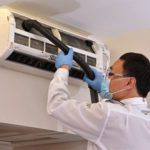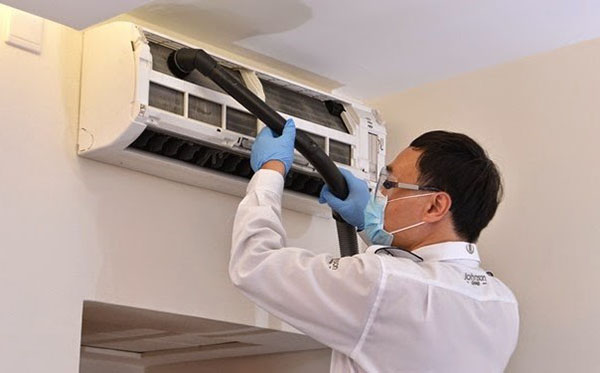How to make an air conditioner from bricks
On hot summer days, everyone wants coolness in their home, but not everyone can afford expensive air conditioners from manufacturers. This is where interesting ideas for making homemade air fresheners come to the rescue. The result is effective, and a minimum of money is required.
The content of the article
What is needed besides bricks?
 If you say that a simple building material can become an air freshener, not everyone will believe it. This is actually true. The brick will be the main part in the air conditioner. For manufacturing you will need the following parts and tools:
If you say that a simple building material can become an air freshener, not everyone will believe it. This is actually true. The brick will be the main part in the air conditioner. For manufacturing you will need the following parts and tools:
- transparent plastic glass (plexiglass) measuring approximately 50*70cm (the size can be smaller, the most important thing is that the brick fits there);
- brick, the more holes it has, the better;
- 2-3 coolers from a computer or laptop;
- ordinary running water 1 liter;
- hot glue gun, tape;
- screwdriver with drill and screwdriver;
- knife.
How to assemble an air conditioner
 The process of assembling the air conditioner is quite simple and does not take much time. The algorithm consists of several stages:
The process of assembling the air conditioner is quite simple and does not take much time. The algorithm consists of several stages:
- You need to prepare a container in which all the components of the air freshener will be located. For this you will need transparent plastic glass. We measure a frame 5 cm wide along the perimeter. These are the future walls, so they also need to be cut on the sides.The remaining rectangle is the bottom of the container, and the walls are attached to it. We glue the walls together with tape at the corners. To prevent water from leaking out, all joints are treated with hot-melt adhesive. This is how containers for water, bricks, and coolers are made.
- Installing coolers is not difficult, but finding them is much more difficult. On one of the long sides, holes are marked and drilled for installing coolers in a vertical position. The wall needs to be trimmed so that the cooler can easily move air. For fastening you will need 4 bolts with nuts.
- To connect power to the cooler, you will need a 12 V unit from laptops, as well as a socket where the end of the wire from the unit is inserted. We solder a switch to this socket, then two coolers in series and back to the socket. When the switch and block are activated, both coolers should spin.
- We put the brick in a container and pour water into it at a level of 1 cm. You need it to get completely wet, for this you can water it with a syringe.
Testing a shocking air conditioner
 Once assembly is complete, you can test the air conditioner. When the brick was still dry, its temperature was about 30 degrees, the water temperature was 26 degrees. After getting it wet and turning on the fans, the air conditioner temperature dropped to 16 degrees, and even later to 12 degrees. This temperature is more than enough to cool the air. The brick cooled, the water evaporated, and fans brought cool air into the room through the holes.
Once assembly is complete, you can test the air conditioner. When the brick was still dry, its temperature was about 30 degrees, the water temperature was 26 degrees. After getting it wet and turning on the fans, the air conditioner temperature dropped to 16 degrees, and even later to 12 degrees. This temperature is more than enough to cool the air. The brick cooled, the water evaporated, and fans brought cool air into the room through the holes.
Thus, a completely effective air conditioner was made from primitive bricks and a few parts. In the interior it looks unusual, attracting attention and arousing interest.It should be noted that this air conditioner is also a humidifier, so you need to take into account the climate of the room where the air freshener is installed.
The air cooling process is based on the active evaporation of water from the surface of a wet brick. The principle is quite working, but increased air humidity negates this invention!
Some kind of heat exchanger is needed here to separate the humid and cooled air from the air conditioner and the room air. The most budget option would be to use an aluminum corrugated pipe with a diameter of 110 mm stretched to working condition. The air heated in the corrugation can be passed through the brick air conditioner again, and the condensate can be drained back into the cuvette with water.






Hey, the cream of the show video reached Odnoklassniki
Or did the author spy on the trolleybus?